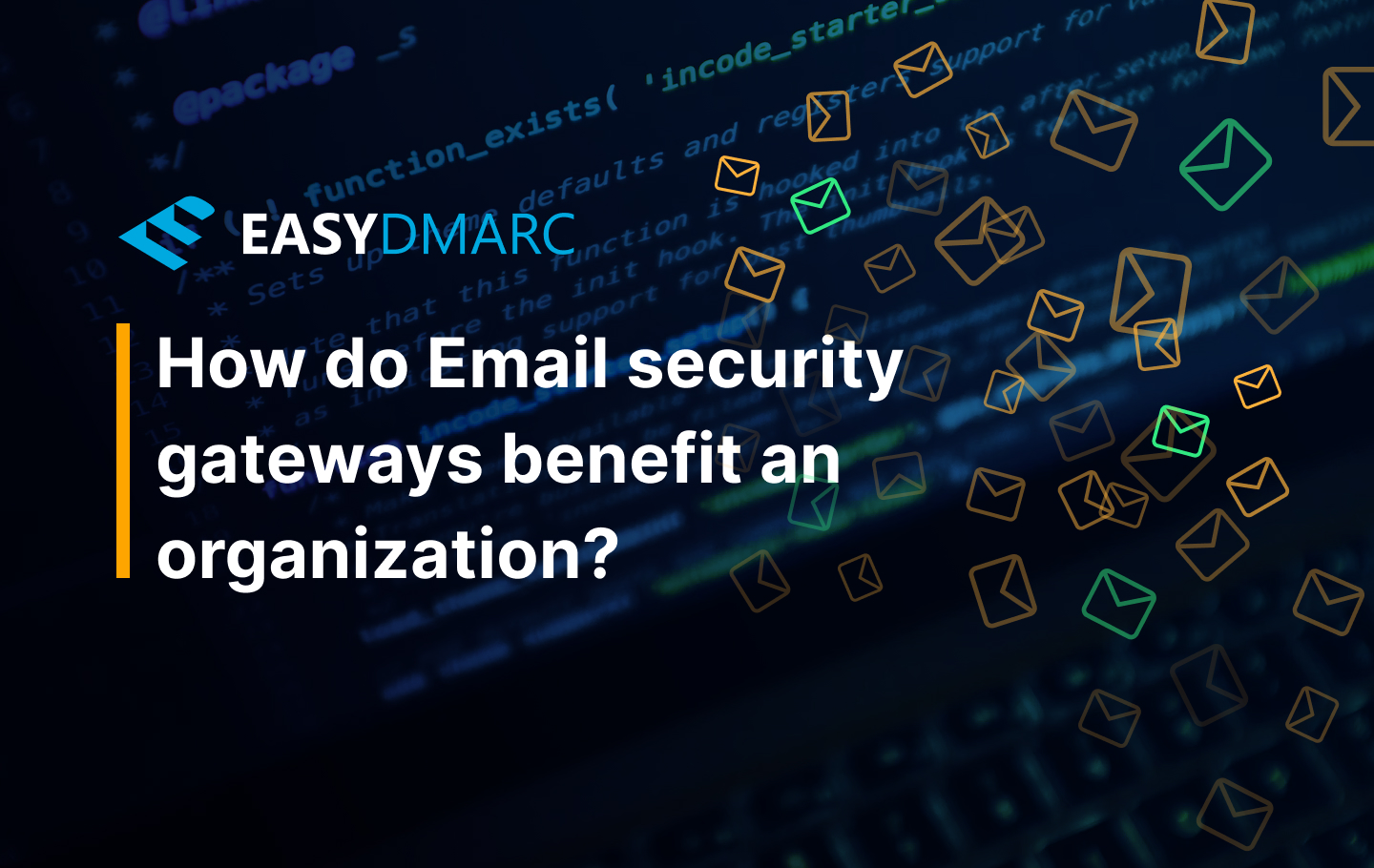On its own, an email account has no means of protection from spam, phishing, or other email-borne threats. It’s a simple passage from sender to receiver. There are few measures to keep tabs on what’s in the email. However, more and more email services include filters that automatically sort meaningless emails away—case in point: The “Spam” folder. That said, there are heavy-duty forms of this filter. Secure Email Gateways (SEGs) are third-party software or devices that identify unwanted emails.
With SEGs, spam, phishing attempts, and hidden malware can be detected and removed. This, all without the receiver ever having to open such an email. In this article, we dive into the details of these email barriers and explain what they are and what their purpose is.
So, what is an email gateway?
What Problem Does a Secure Email Gateway Solve?
At its core, an SEG aims to resolve the annoyance of spam emails of any kind. There are different levels of security and thoroughness depending on the user’s needs. But as a whole, SEGs reduce the risk of unwanted or malicious emails being opened by the end-user.
For organizations, this can be highly beneficial. Spam and phishing cyberattacks target businesses and organizations far more often than individuals. Email accounts often become bloated with unnecessary or outright intrusive emails.
For organizational domains, this becomes even more troubling. It’s already hard enough to manage a single email account that gets dozens of emails per day, let alone business email accounts attached to one domain.
SEGs reduce this pile-up by eliminating mass amounts of unwanted emails that don’t fit the given criteria. This way, there’s no manual component of having to comb through spam, wasting hours.
How Do Email Security Gateways Work?
As mentioned, SEGs offer a greater level of security than your typical email filter. Organizations receive many more infected and malware-heavy emails than the average individual. To prevent these emails from ever being opened and delivering viruses, an SEG must detect them before they land in the inbox.
SEGs do this by staying updated with the known patterns, methods, and strategies that cybercriminals use to hide their infected emails. There’s no real way of knowing what precisely an email holds without opening and reading the information inside. Still, these secure gateways can detect, open, and disarm emails in a sandbox area before delivery completion.
Here are a few strategies SEGs use to spot threats:
- Completely deconstructing an email’s contents to its essential components, checking them, and reconstructing them before delivery (CDR)
- Checking for anomalous activity in an email such as oddities in sender, contents, history, delivery, etc
- Placing attachments and URLs into a safe “sandbox” to check the contents for threats in a controlled environment
As for less critical threats, filters and other standard tools are also included in SEGs to reduce spam build-up and general annoyances. Obviously, this is more for convenience’s sake since these threats are much less dangerous than outright infected emails.
In What Industries or Sectors are Secure Email Gateways Popular?
SEGs are appealing to cloud-based businesses. Secure Email Gateways operate on a cloud platform anyway. So, it’s more or less simple to intertwine an SEG’s architecture with a company’s existing ones. Plus, this makes it self-sufficient, without the need for installation or constant maintenance.
SEGs are used in industries that store large quantities of user data. Artificial intelligence design, banking, insurance, and healthcare are just some examples. These industries are vulnerable to email-borne attacks from malicious software and other unpleasant surprises stowing away in emails.
The effects of a single email can be catastrophic for such a company. A virus can breach security, completely ruin a work-in-progress AI, corrupt sensitive financial data, or cause severe data leaks. A single rotten email can cause massive data breaches. It’s no wonder, then, why SEGs are essential in such industries.
The massive benefits of SEGs for any and all companies can’t be overstated, though. No matter the industry or company size, from the smallest startup to the greatest business empire, SEGs are vital for corporate email security. There’s no reason you wouldn’t use an SEG for the benefit and safety of your company and its security.
What Security Aspect Don’t Email Gateways Cover?
We’ve sung the praises of Secure Email Gateways. However, an SEG is undoubtedly not the only piece of email security you need.
An SEG is intended as the first layer of protection. It’s a shield that protects your company email domain against malicious viruses or trojans.
Still, despite the vast array of security tools used, SEGs aren’t impenetrable. Their most significant benefits come from finding and disarming zero-day threats and viruses. Such dangers immediately affect the receiver of the email upon opening, even in subtle ways.
There are, however, other ways to hide threats inside emails. Sleeper viruses that don’t take effect or “activate” until some time has passed are much more difficult for SEGs to detect. Non-direct malicious content is also more likely to pass through a Secure Email Gateway.
As such, we recommend that businesses use SEGs in tandem with other forms of protection for the optimal security of their company and its data. It’s especially crucial for something as prone to cyberattacks as your standard email service.


